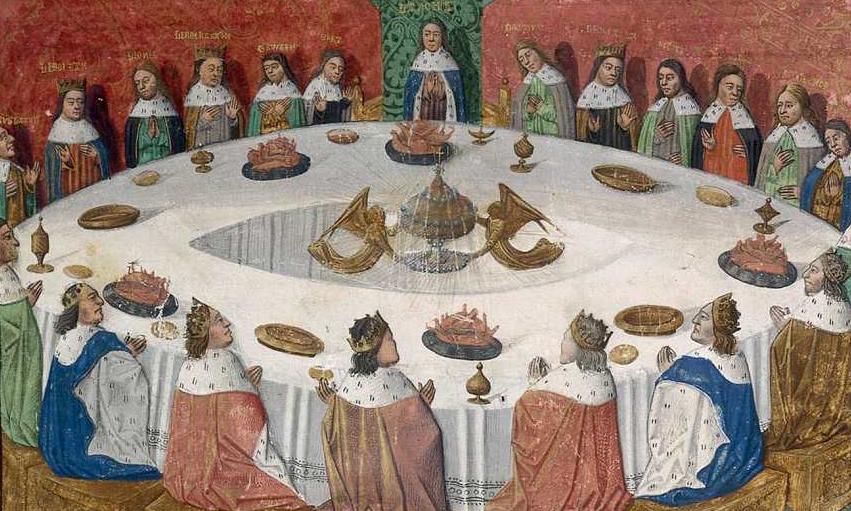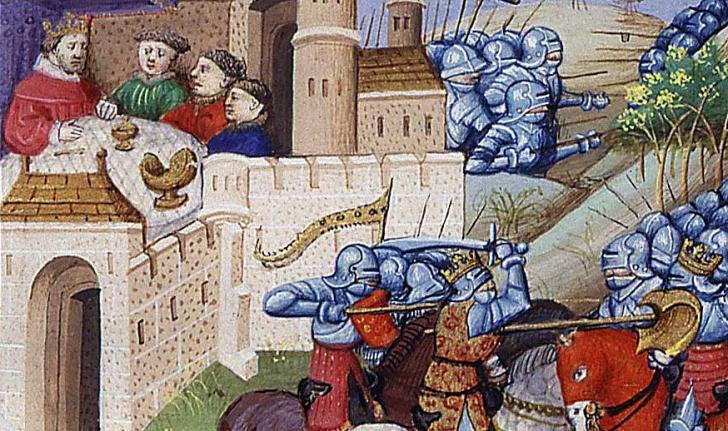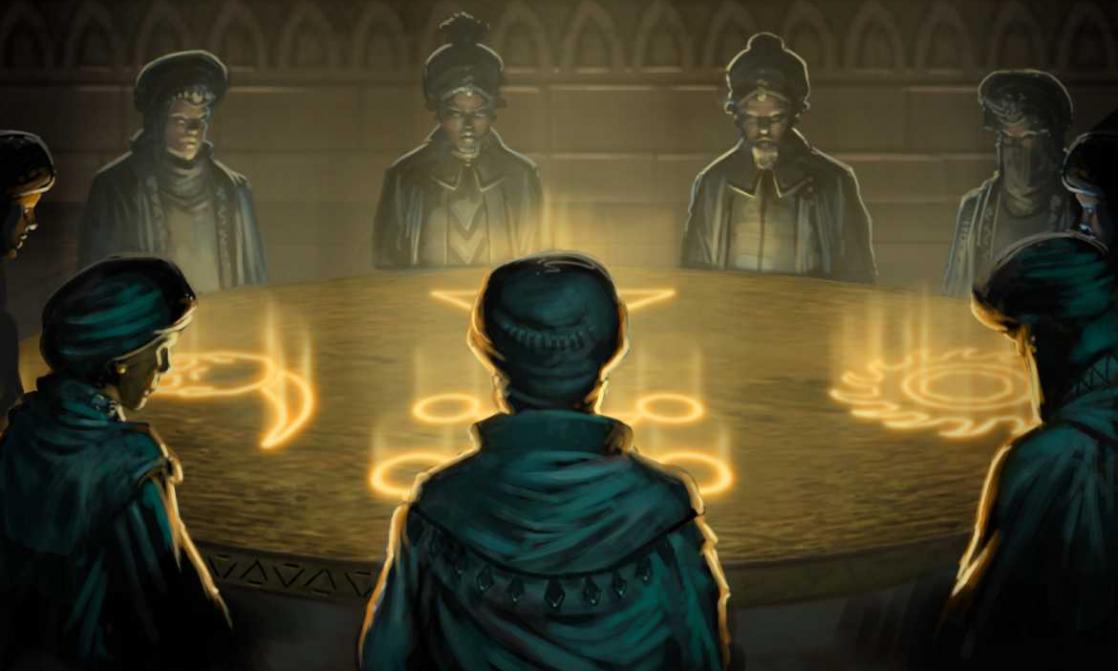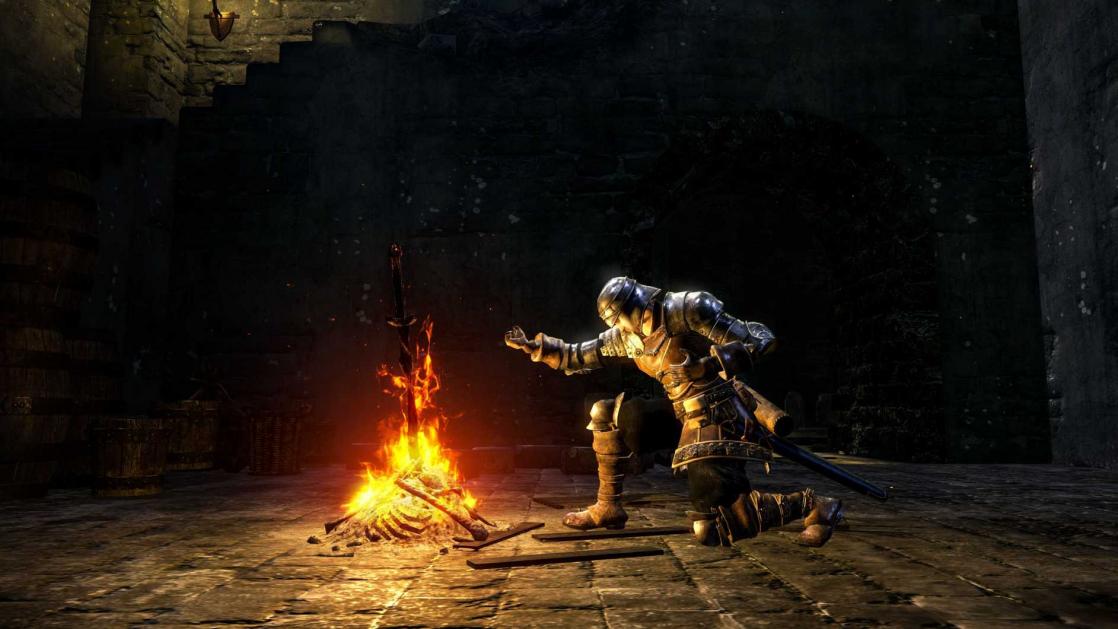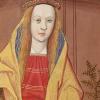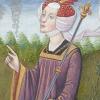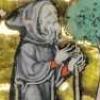The Arthurian Legend: An Ever-Changing Story
Although the legend of King Arthur is now known around the world, the story has evolved greatly over the centuries. Adapted into practically every style and genre imaginable, it has inspired fantasy writers too.
A Legend That’s Got It All
The legend of King Arthur has been capturing the popular imagination since the twelfth century. In more concrete terms, interest in the tale first grew in western Europe (England, France and Germany), then later in the United States. It continues to inspire a wide and diverse range of literary and artistic works. The legend’s use in fantasy followed the nineteenth-century’s “rediscovery” of the Middle Ages, thanks to gothic novels and authors like Walter Scott. It must be said that the tale comes equipped with all of fantasy’s most beloved elements: a charismatic king (Arthur), seconded by the Knights of the Round Table (Lancelot, Perceval, Tristan, Galahad, and others) on a quest to find a sacred relic (the Holy Grail). To top it off, they get help from a magical enchanter with the gift of prophesy (Merlin) and are faced with with ever-so-slightly caricatured enemies (Mordred, Maleagant, etc.).
In addition to those main characters, the plot is enhanced with magical beings and creatures who help or hinder the heroes. Morgan and the Lady of the Lake add a feminine touch to that mostly male world, although they are often portrayed negatively.
Arthurian fantasy is a fantasy sub-genre in its own right, one which actually divides into two branches: the epic, which focuses on knights and their battles; and the magical, devoted to witchcraft or even mysticism, which puts Merlin, Morgan le Fay and the fabulous creatures inspired by medieval bestiaries front and center.
Both Pagan Magic and Christian Miracles
When the tale’s magical elements are portrayed as Druidic and connected to nature, they take on powerful ecological values. In other versions, Merlin’s white magic battles the black magic of the terrible Morgan le Fay, in a classic clash between Good and Evil. In fantasy, the figure of the wizard or enchanter, which was re-popularized by hits like Disney’s The Sword in the Stone (Wolfgang Reitherman, 1963) and T.H. White’s The Once and Future King (1958), sometimes seems to be more central than Arthur, either in person, or through more- or less-closely related avatars, J.R.R. Tolkien’s Gandalf (The Lord of the Rings, 1954-55) or J.K. Rowling’s Dumbledore (Harry Potter, 1997-2007).
The most epic versions often propose a historical approach, claiming, like the author Bernard Cornwell, (The Last Kingdom series, formerly known as The Saxon Stories, 1995-1997) to shed a more truthful light on a legend that has been greatly deformed over time. Historic fantasy can also be an opportunity to provide new points of view, giving formerly minor characters’ versions of events. Authors and artists often set those stories in the fifth and sixth centuries, a period of transition between Late Antiquity and the Middle Ages, about which we have very few primary sources (King Arthur, a film by Antoine Fuqua, 2004).
A Legend that Has Changed with the Times
Those branches can intertwine to different s degrees, allowing for novel reinterpretations. Fantasy has led to major changes from medieval texts: where the legend from the Middle Ages introduced hundreds of knights, fantasy prefers to spotlight a handful of key figures, accompanying them with their own creations. It is also often an opportunity to present the legendary heroes’ heirs or descendants (L’Apprentie de Merlin (Ana, Merlin’s Apprentice, Fabien Clavel, 2010-2013).
In this way, Arthurian fantasy can also highlight new values, such as environmental protection, anti-colonialism, and feminism. Several major works of Arthurian fantasy have been written from the point of view of either Morgan (The Avalon Series, Marion Zimmer Bradley, 1983-2007) or Guinevere (Queen of Camelot, Nancy McKenzie, 1994-1995), or have even reinterpreted the classic characters as females (the comic strip Lancelot, Jean-Luc Istin and Olivier Peru, 2009-2014).
This capacity for adaptation is characteristic of the Arthurian legend. Fantasy is carrying on a long tradition of reinterpretation, keeping the familiar and malleable story alive. An impressive number of children’s books, comic strips, films and other works about the King and his companions are currently available.
